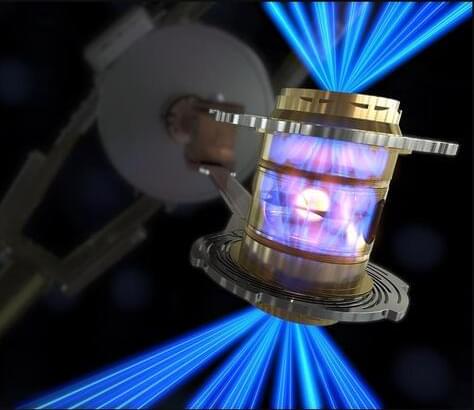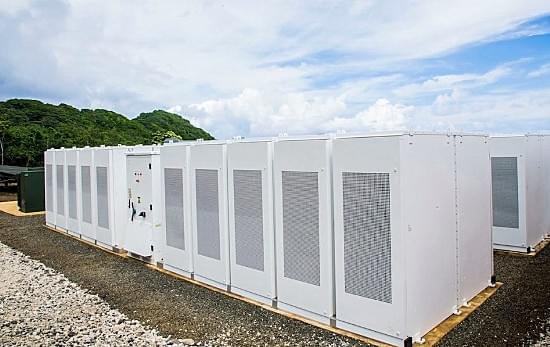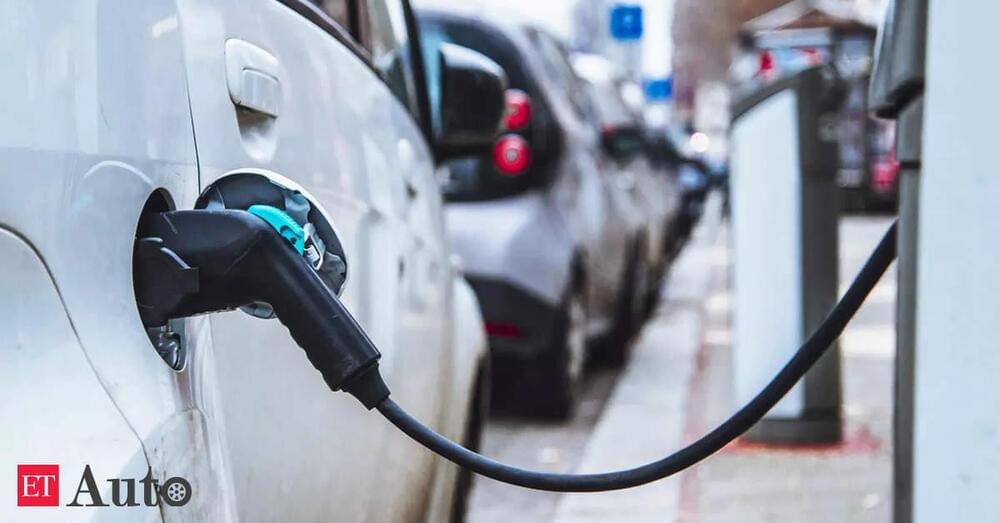Year 2021 face_with_colon_three
Illinois Institute of Technology Assistant Professor of Chemical Engineering Mohammad Asadi has developed solutions to two major problems facing lithium-air batteries. Lithium-air batteries hold more energy in a smaller battery size than their more common counterpart, the lithium-ion battery, but until now, lithium-air batteries have been overlooked in commercial applications because lithium-air batteries tended to die after fewer recharges and require a lot more energy to charge than can be generated by the battery later.
After almost a decade working in the oil and gas industry, Asadi turned his focus to carbon dioxide in the atmosphere, particularly caused by the transportation industry, which consumes around 38 to 40 percent of the world’s energy. “With more widespread use of electric vehicles, you can drastically reduce transportation-based carbon emissions,” says Asadi. “But to put more electric vehicles on the road, we’ll need batteries—lots of them.”
Currently, lithium-air batteries are seen as less commercially viable than their counterpart, the lithium-ion battery. However, using lithium-air batteries in electric vehicles has some huge advantages.







